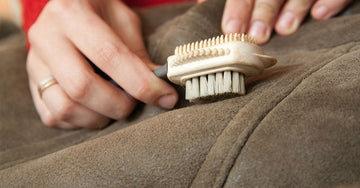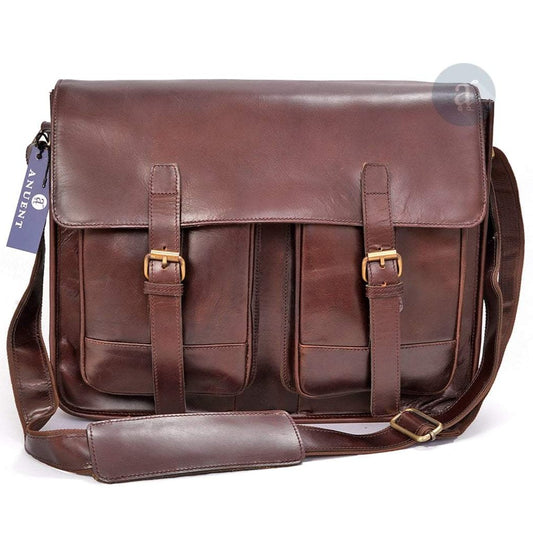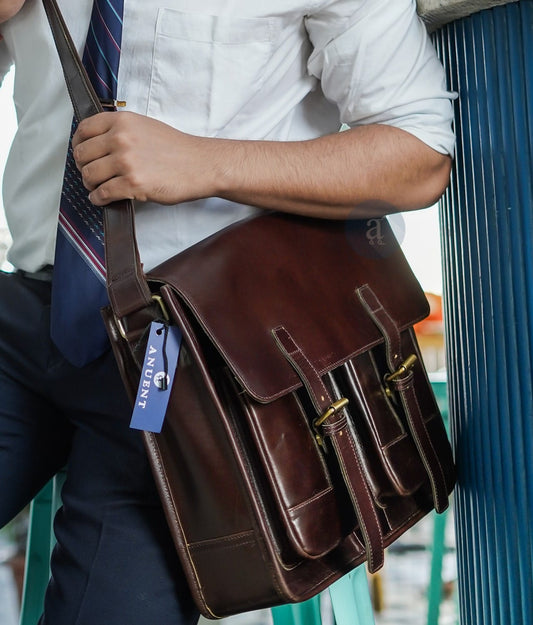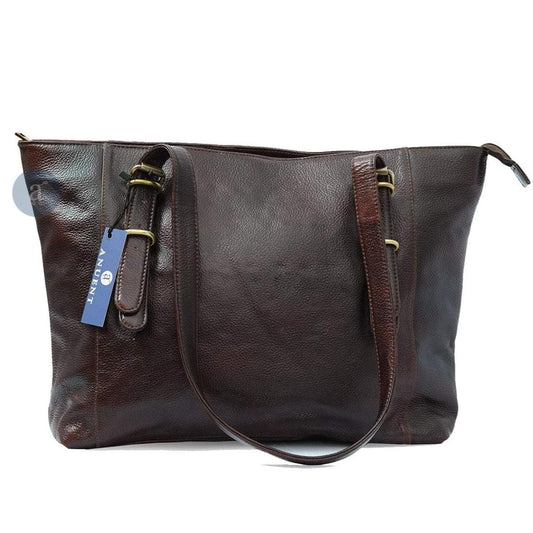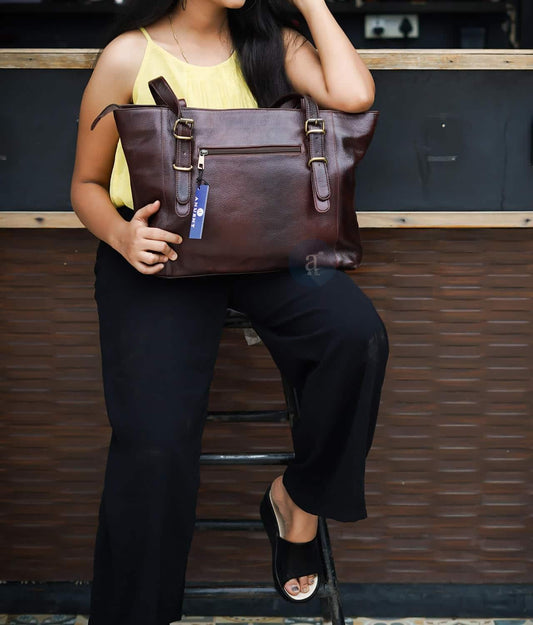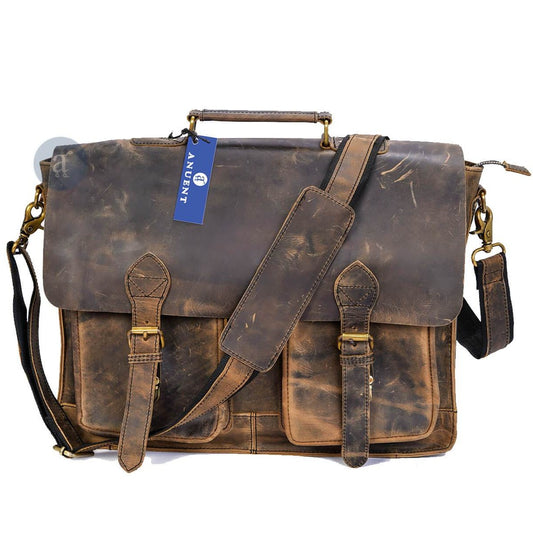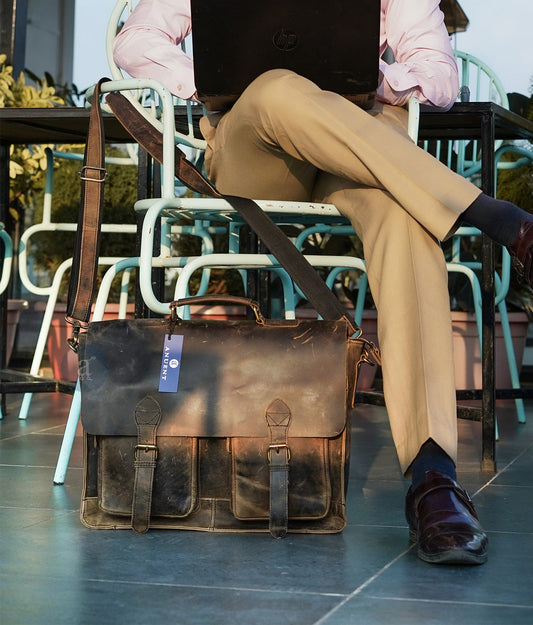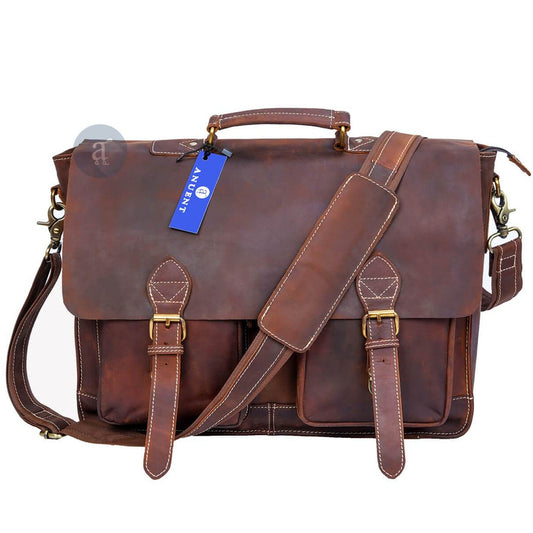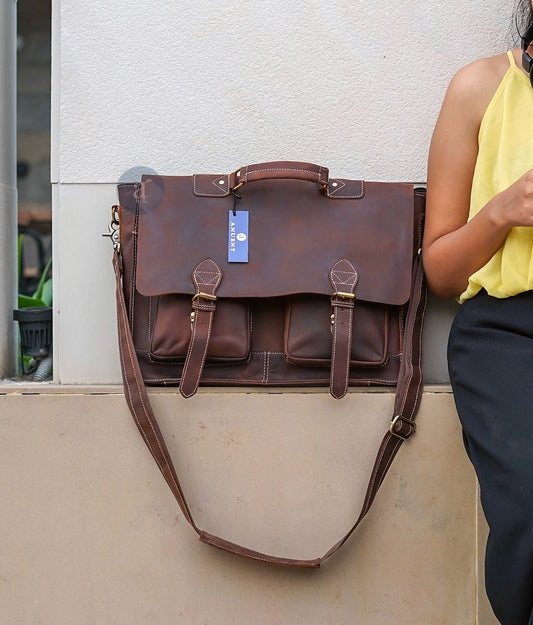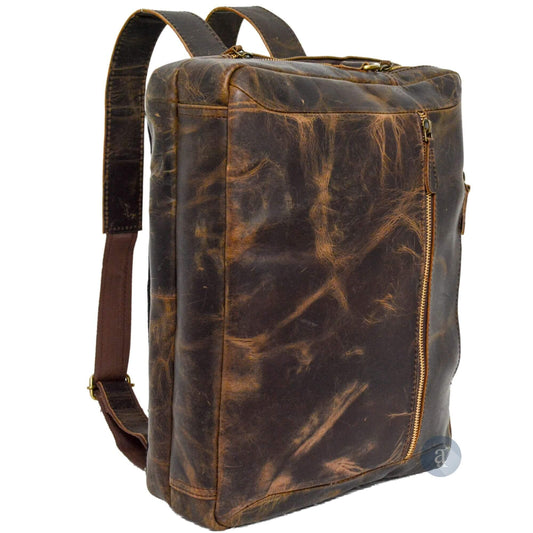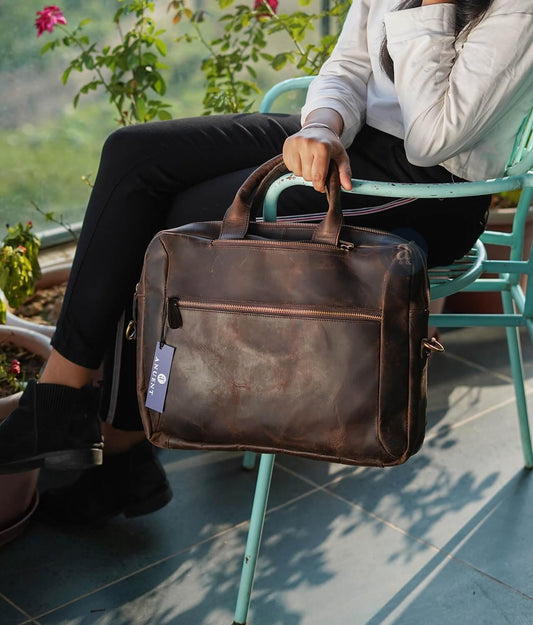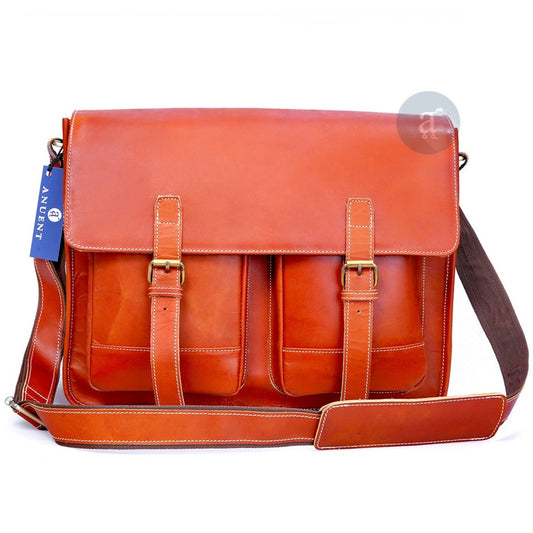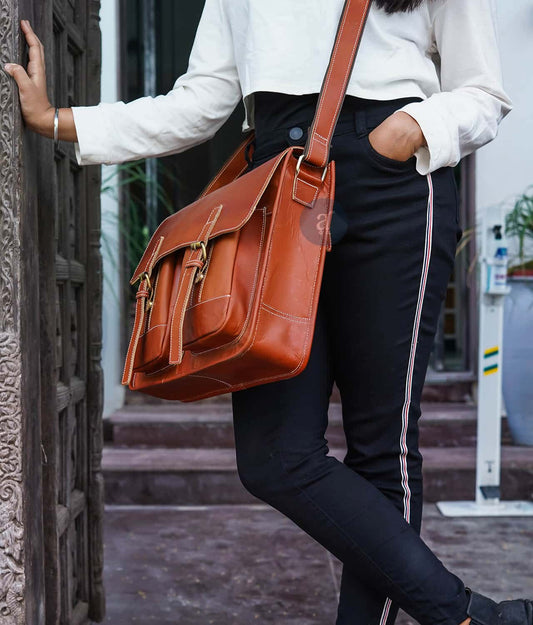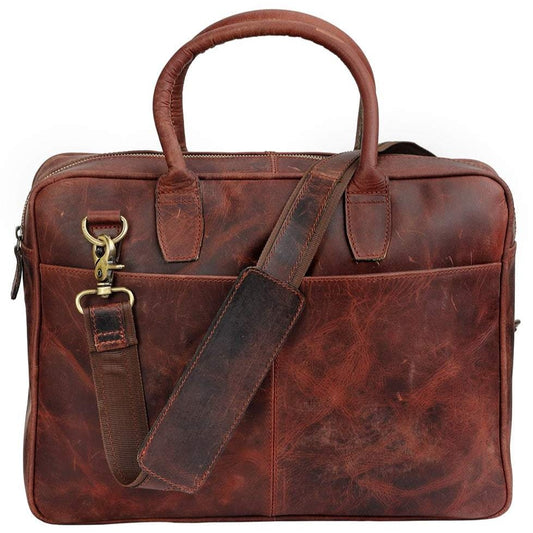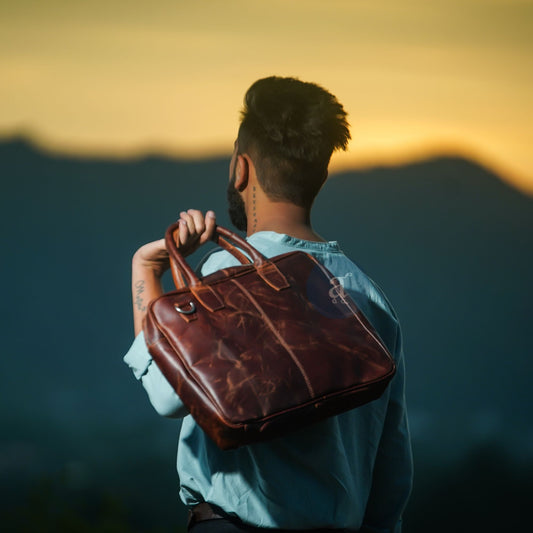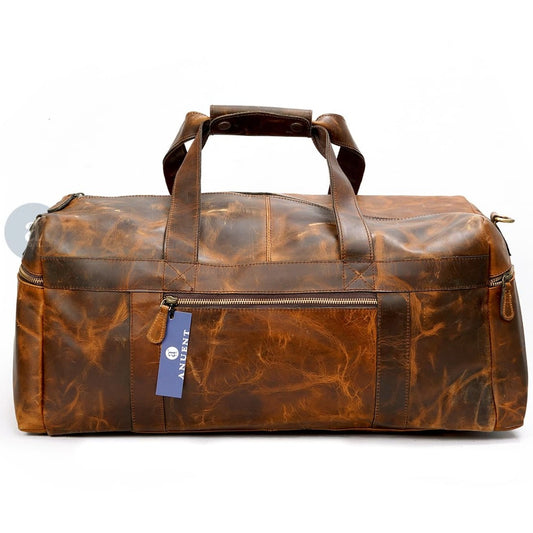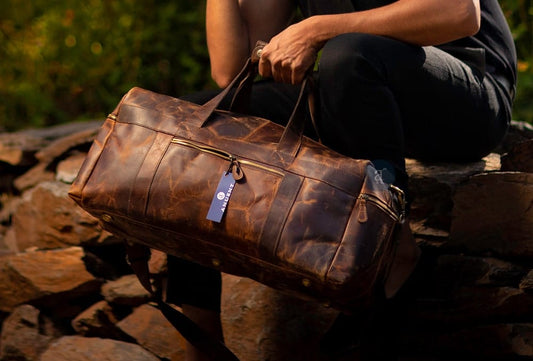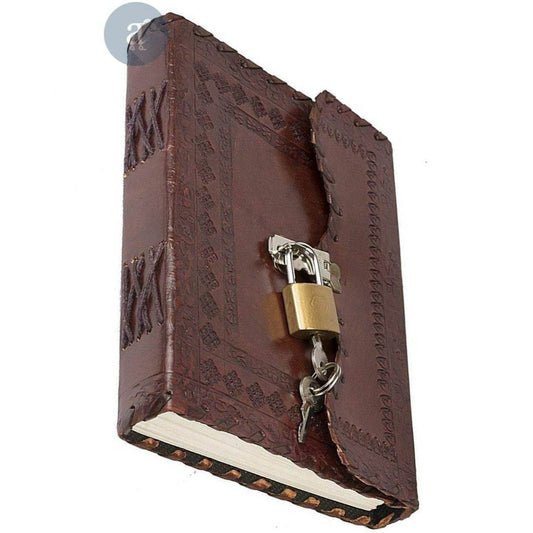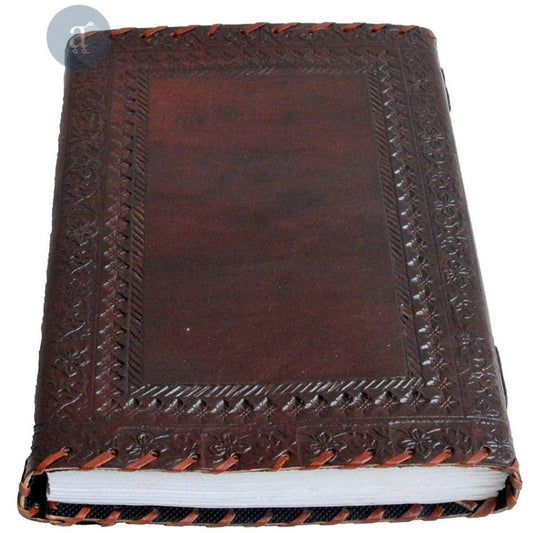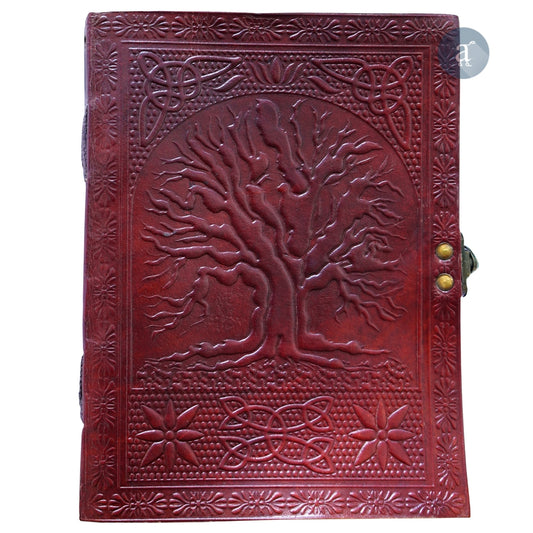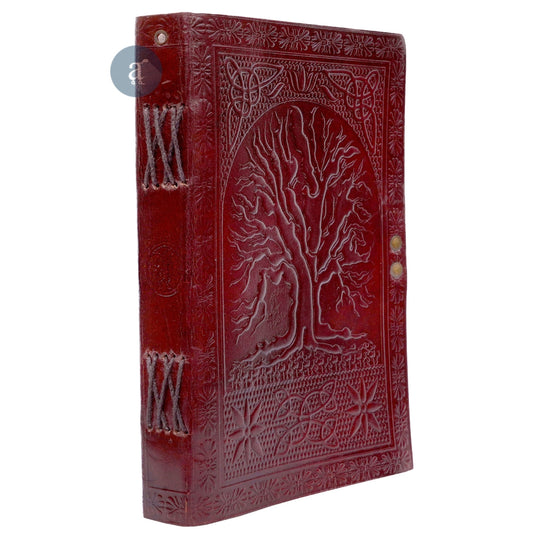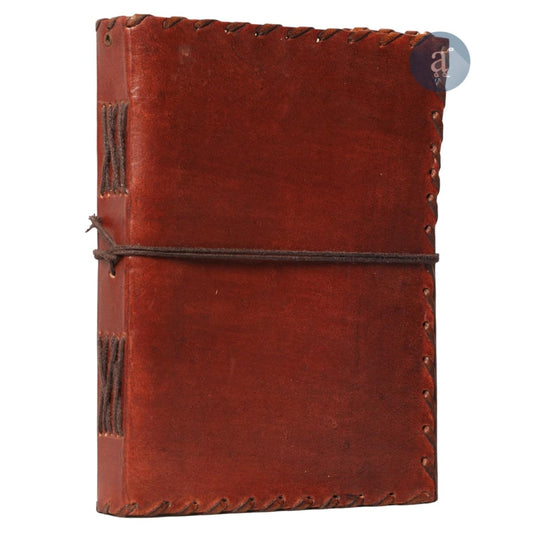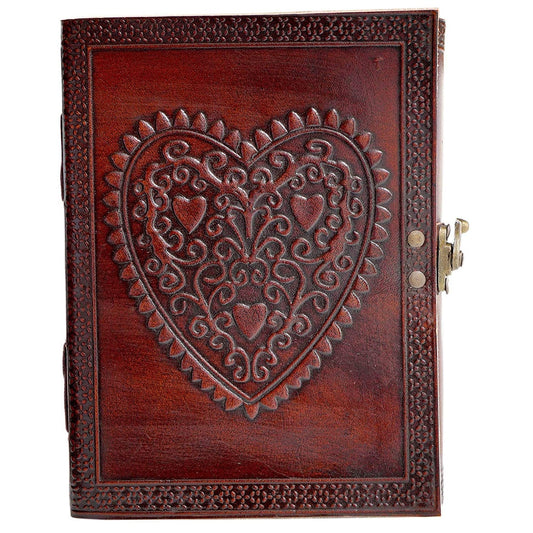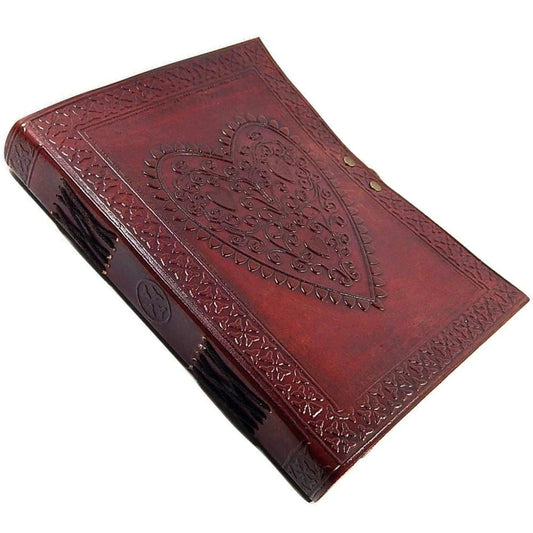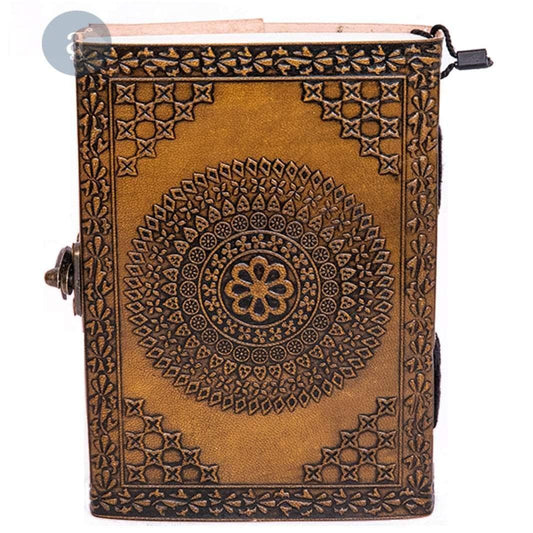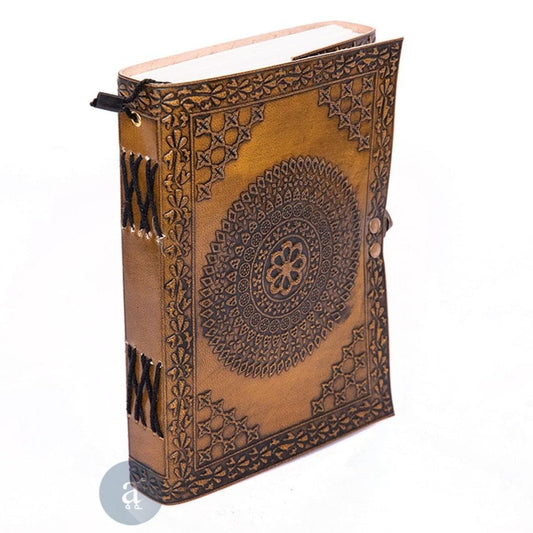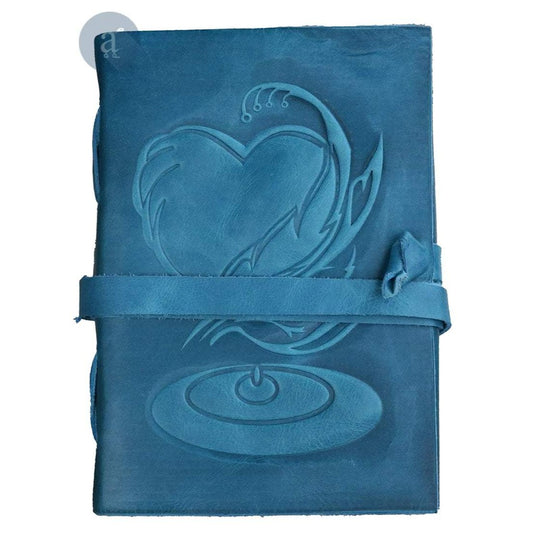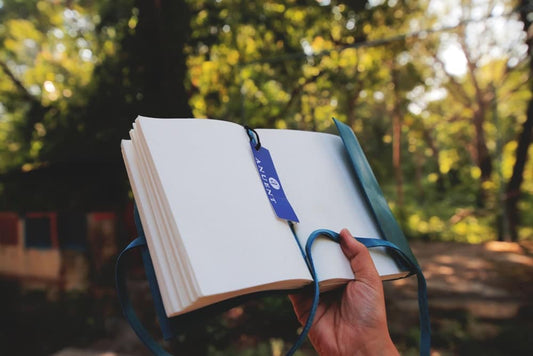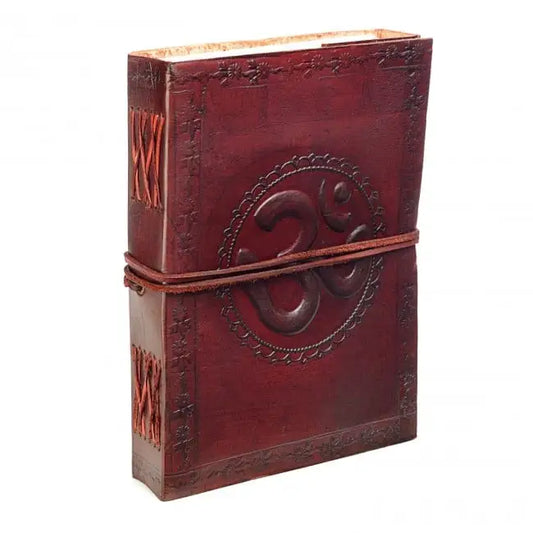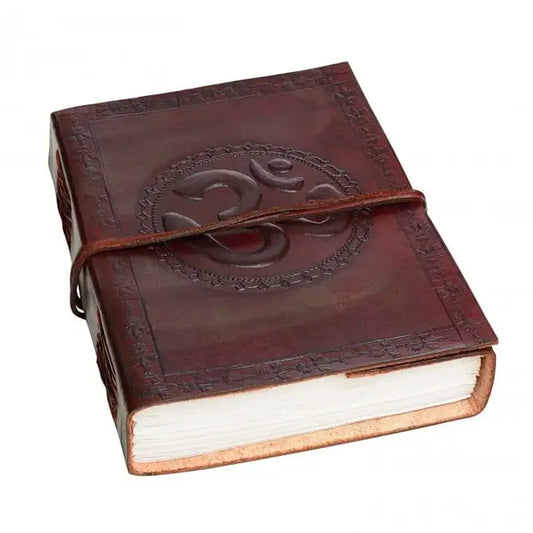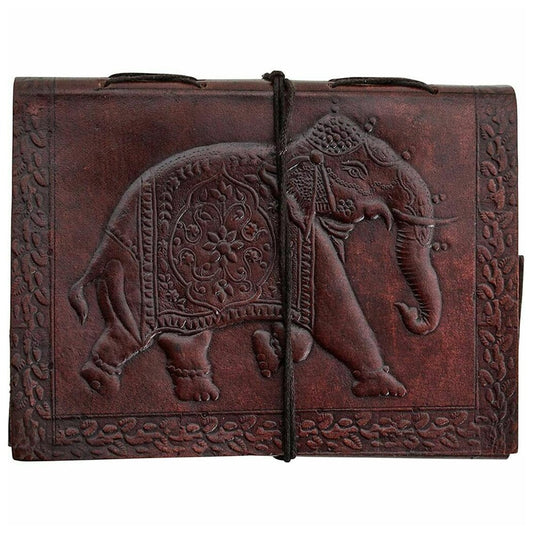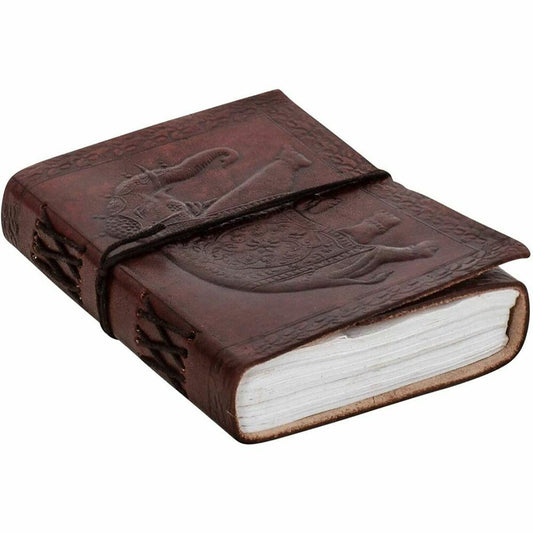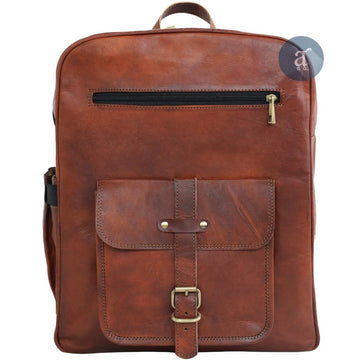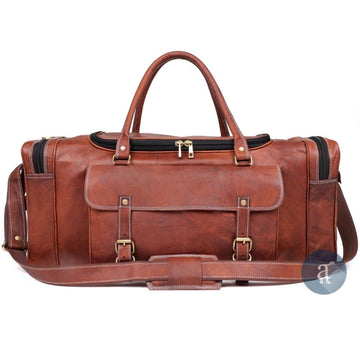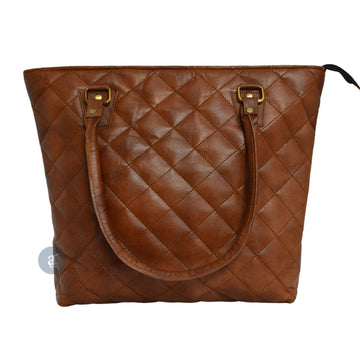Key Takeaways
- Act Fast: Address mold immediately to prevent deeper damage and spread.
- Safety First: Always wear gloves and a mask, and work in a well-ventilated area.
- Test Small: Before applying any solution, test it on an inconspicuous area.
- Dry Removal: Start by gently brushing off loose mold outdoors, then vacuum.
- Targeted Cleaning: Use mild solutions like white vinegar or rubbing alcohol for surface mold.
- Air Dry: Allow leather to air dry completely away from direct heat or sunlight.
- Restore Moisture: Condition the leather after cleaning to prevent drying and cracking.
- Prevent Recurrence: Control humidity and ensure proper storage to inhibit future mold growth.
- Professional Help: For extensive or deeply embedded mold, consult a leather restoration specialist.
Introduction
Leather is a luxurious and durable material, but like any organic product, it is susceptible to mold and mildew growth.
Mold, a type of fungus, thrives in damp, humid, and poorly ventilated environments, feeding on the organic materials present in leather.
If left untreated, mold not only creates unpleasant odors and unsightly stains but can also cause irreversible damage, weakening the leather fibers and degrading its appearance over time.
This comprehensive guide will equip you with the knowledge and step-by-step instructions to effectively clean mold off leather, restore its beauty, and implement preventive measures to protect your cherished leather items from future fungal invasions.
Timely and proper intervention is key to preserving the integrity and longevity of your leather goods.
Understanding Mold on Leather
Mold is a common issue for leather items, appearing as fuzzy, discolored patches that range from white to green, black, or grey.
It's often accompanied by a musty, earthy odor.
What is Mold and Mildew?
Mold and mildew are types of fungi that reproduce by spores.
These spores are omnipresent in the air but require specific conditions to germinate and grow.
Mildew is typically the initial, superficial growth, often appearing as a flat, powdery white or grey substance.
Mold can be more aggressive, often fuzzy or slimy, and can root deeper into the material, causing more significant damage and staining.
Why Mold Thrives on Leather
Leather, being a natural material, contains organic compounds (like collagen and fats) that serve as a food source for mold spores.
Combined with the right environmental conditions, leather becomes an ideal breeding ground:
-
Humidity: Mold requires moisture to grow. High humidity levels (above 60%) or direct moisture exposure (e.g., spilled liquids, damp storage) provide the necessary water.
-
Poor Ventilation: Stagnant air allows mold spores to settle and grow undisturbed, preventing moisture from dissipating.
-
Darkness: Mold generally prefers dark environments, which is why items stored in closets, attics, or basements are particularly vulnerable.
-
Dirt and Dust: Accumulated dirt, dust, and body oils on leather surfaces can provide additional nutrients for mold growth.
Before You Start (Important Precautions)
Before embarking on the mold cleaning process, it's crucial to take necessary precautions to ensure your safety and protect the leather from further damage.
A. Safety Measures
- Ventilation: Work outdoors if possible, or in a well-ventilated room. Open windows and doors to allow fresh air circulation.
- Personal Protection: Always wear rubber or latex gloves to protect your hands from mold spores and cleaning solutions. Wear a face mask (an N95 respirator is recommended for significant mold) to avoid inhaling mold spores, which can cause respiratory issues.
- Eye Protection: Goggles are advisable to prevent mold spores or cleaning solutions from irritating your eyes.
B. Testing Cleaning Solutions
- Inconspicuous Area: Before applying any cleaning solution to the entire affected area, always test it on a small, hidden, and inconspicuous spot of the leather (e.g., inside a seam, under a flap, or on the back of an item).
- Observe Reaction: Allow the test spot to dry completely. Check for any discoloration, staining, streaking, drying, or other adverse reactions before proceeding with the rest of the item. Different leather types and finishes react differently to various cleaning agents.
C. Environmental Considerations
- Isolate the Item: If dealing with severe mold, try to isolate the item to prevent spores from spreading to other belongings.
- Protect Surroundings: Lay down old newspapers, a tarp, or a plastic sheet to protect your work surface and surrounding areas from mold spores and cleaning solutions.
Step-by-Step Guide for Cleaning Mold from Leather
Follow these steps carefully to effectively remove mold from your leather items.
The approach may vary slightly depending on the severity of the mold.
A. Initial Removal (Dry Mold)
This first step is crucial for removing loose mold spores without pushing them deeper into the leather.
-
Move Outdoors (If Possible): Take the moldy leather item outdoors to prevent mold spores from contaminating indoor spaces.
-
Gentle Brushing: Using a soft-bristled brush (like a soft-bristle toothbrush or a dedicated leather brush), gently brush off any visible, loose mold or mildew from the surface. Work carefully to avoid scrubbing, which can spread the mold or damage the leather. Dispose of the brush or clean it thoroughly afterwards.
-
Vacuum (Optional but Recommended): For larger items or to ensure thorough removal of dislodged spores, use a vacuum cleaner with a brush attachment. If possible, use a vacuum with a HEPA filter. Carefully vacuum the affected areas, holding the nozzle slightly above the surface to avoid direct contact and potential scratching. Immediately empty the vacuum bag or canister outdoors into a sealed bag to prevent re-releasing spores.
B. Cleaning Solutions (Targeted Treatment)
Once the loose mold is removed, you'll need to treat the remaining mold and disinfect the surface.
1. For Mild Mold (White/Green Surface Mold)
These solutions are generally safe for most leather types, but always test first.
-
White Vinegar Solution:
-
Preparation: Mix equal parts white vinegar and cool water in a clean spray bottle or bowl. White vinegar is a mild acid that effectively kills mold and inhibits its growth.
-
Application: Dampen a clean, soft cloth (microfiber is excellent) with the solution. Do not saturate the cloth.
-
Wipe Down: Gently wipe the moldy areas, working in small sections. Avoid rubbing vigorously. Ensure you wipe all affected surfaces.
-
Repeat if Necessary: For stubborn spots, re-dampen the cloth and repeat the process.
-
Final Wipe: Use a separate, clean, slightly damp cloth (with plain water) to wipe off any vinegar residue.
-
-
Rubbing Alcohol Solution:
-
Preparation: Mix one part rubbing alcohol (isopropyl alcohol) with one part water. Alcohol is a good disinfectant and evaporates quickly.
-
Application: Apply the solution to a clean cloth.
-
Wipe Down: Gently wipe the moldy areas, ensuring full coverage.
-
Final Wipe: Wipe with a clean, damp cloth (plain water) to remove any residue.
-
-
Mild Soap and Water:
-
Preparation: Mix a small amount of mild, pH-neutral soap (like saddle soap or a gentle liquid hand soap) with lukewarm water until suds form.
-
Application: Dip a clean cloth into the suds only (not directly into the water) to get just the foam.
-
Wipe Down: Gently wipe the moldy areas. The soap helps lift the mold and dirt.
-
Final Wipe: Use a separate, clean, slightly damp cloth (with plain water) to wipe away all soap residue.
-
2. For Heavy or Embedded Mold (Black/Deeply Stained Mold)
For severe cases, where mold has deeply stained the leather or caused significant discoloration, DIY solutions may not be sufficient or safe.
-
Professional Help: It is highly recommended to consult a professional leather cleaning and restoration specialist. They have access to specialized tools and chemicals that can safely remove deep-set mold and restore the leather without causing further damage. Attempting to treat severe mold yourself with strong, unproven chemicals can irrevocably damage the leather.
C. Drying
Proper drying is crucial to prevent mold recurrence and leather damage.
- Air Dry Naturally: After cleaning, allow the leather item to air dry completely.
- Avoid Direct Heat/Sunlight: Do not place the item in direct sunlight, near radiators, heaters, or use a hairdryer. Rapid drying can cause the leather to shrink, crack, or become stiff.
- Ensure Airflow: If drying indoors, ensure the area is well-ventilated. You can use a fan to improve air circulation, but do not point it directly at the leather for prolonged periods. For bags or shoes, stuff them with clean newspaper or paper towels to help maintain their shape and absorb internal moisture.
D. Conditioning
Once the leather is completely dry, it's essential to rehydrate and nourish it.
- Apply Leather Conditioner: Use a high-quality leather conditioner specifically designed for your type of leather (e.g., a cream, oil, or balm). This replenishes the natural oils lost during the cleaning process and helps restore the leather's suppleness and natural luster.
- Follow Product Instructions: Apply a small amount of conditioner onto a clean, soft cloth and gently rub it into the leather in circular motions. Allow it to penetrate for a few minutes, then buff off any excess with a clean cloth.
- Importance of Conditioning: Conditioning prevents the leather from becoming dry, brittle, and prone to cracking, which can also make it more susceptible to future mold growth.
Mold Prevention
Preventing mold growth is far easier than cleaning it.
By controlling the environmental conditions and practicing good leather care, you can significantly reduce the risk of mold.
A. Controlling Humidity
- Maintain Low Humidity: Keep indoor humidity levels below 60% (ideally between 40-50%).
- Dehumidifiers: Use dehumidifiers in damp areas like basements, attics, or closets where leather items are stored.
- Air Conditioning: Air conditioning also helps reduce humidity.
- Circulate Air: Ensure good air circulation in storage areas. Avoid packing items too tightly in closets or containers.
B. Proper Storage
- Breathable Storage: Store leather items in breathable fabric bags (e.g., cotton dust bags), pillowcases, or unwoven garment bags. Never store leather in plastic bags, airtight containers, or vacuum-sealed bags, as this traps moisture and creates an ideal environment for mold.
- Elevated Storage: If storing in basements or garages, keep leather items off the floor to protect them from ground moisture.
- Temperature Control: Store leather in a cool, dry place, away from direct sunlight, radiators, and extreme temperature fluctuations. Consistent, moderate temperatures are best.
- Avoid Overcrowding: Give leather items space to breathe. Don't cram them into closets or drawers.
C. Regular Cleaning and Airing
- Frequent Wiping: Regularly wipe down leather items with a clean, dry cloth to remove dust, dirt, and surface moisture.
- Periodic Airing: Periodically take leather items out of storage and air them out in a dry, well-ventilated area for a few hours. This allows trapped moisture to evaporate and refreshes the leather.
- Address Spills Immediately: Promptly clean up any spills or moisture on leather to prevent mold from taking hold. Ensure the area is thoroughly dried afterwards.
Frequently Asked Questions (FAQ)
A. Can mold permanently damage leather?
Yes, if left untreated, mold can cause permanent damage to leather, including discoloration, staining, weakening of fibers, and a persistent musty odor.
Severe mold can even rot the leather.
B. What causes mold on leather?
Mold on leather is caused by microscopic mold spores landing on the leather surface and finding favorable conditions for growth: high humidity (above 60%), poor air circulation, warmth, and a food source (the organic material in leather itself, or accumulated dirt/dust).
C. Can I use bleach on leather to clean mold?
No, it is strongly advised not to use bleach on leather.
Bleach is a very harsh chemical that can strip the color, dry out the leather, cause irreversible damage to its fibers, and lead to cracking or hardening.
Stick to milder, leather-safe solutions like white vinegar or rubbing alcohol.
D. How do I store leather to prevent mold?
Store leather in a cool, dry, well-ventilated area with controlled humidity.
Use breathable dust bags (cotton, not plastic) and ensure items are not tightly packed.
Avoid storing leather in damp basements, attics, or garages without proper humidity control.
E. When should I seek professional help for mold on leather?
You should seek professional help if:
- The mold is extensive, covering a large area of the item.
- The mold is deeply embedded, causing significant staining or fiber degradation.
- The item is valuable, antique, or an heirloom.
- You are unsure about the type of leather or how it might react to cleaning solutions.
- You have tried milder cleaning methods, and the mold persists or reappears quickly.
F. Does cleaning mold off leather remove the smell?
Cleaning mold off leather will significantly reduce or eliminate the musty smell if the mold is removed completely from the surface and fibers.
However, deeply embedded mold may leave a lingering odor that requires further deodorization or professional treatment.
G. Can I use saddle soap for mold removal?
Saddle soap can be used for general cleaning of some types of leather and might help with very superficial mildew.
However, for active mold growth, solutions like white vinegar or rubbing alcohol are more effective due to their antifungal properties.
Always follow with proper conditioning.
Conclusion
Cleaning mold off leather is a manageable task, but it requires prompt action, careful execution, and a commitment to prevention.
By understanding the conditions that foster mold growth and employing the correct cleaning techniques, you can effectively remove unsightly and damaging fungi from your leather goods.
Remember that safety and patience are paramount throughout the process, and when in doubt, seeking professional assistance is always the best course of action for valuable or heavily affected items.
Ultimately, the key to protecting your leather from mold lies in proactive prevention through proper humidity control, intelligent storage, and regular maintenance.
By integrating these practices into your routine, you can ensure your leather items remain beautiful, durable, and free from mold for years to come.

